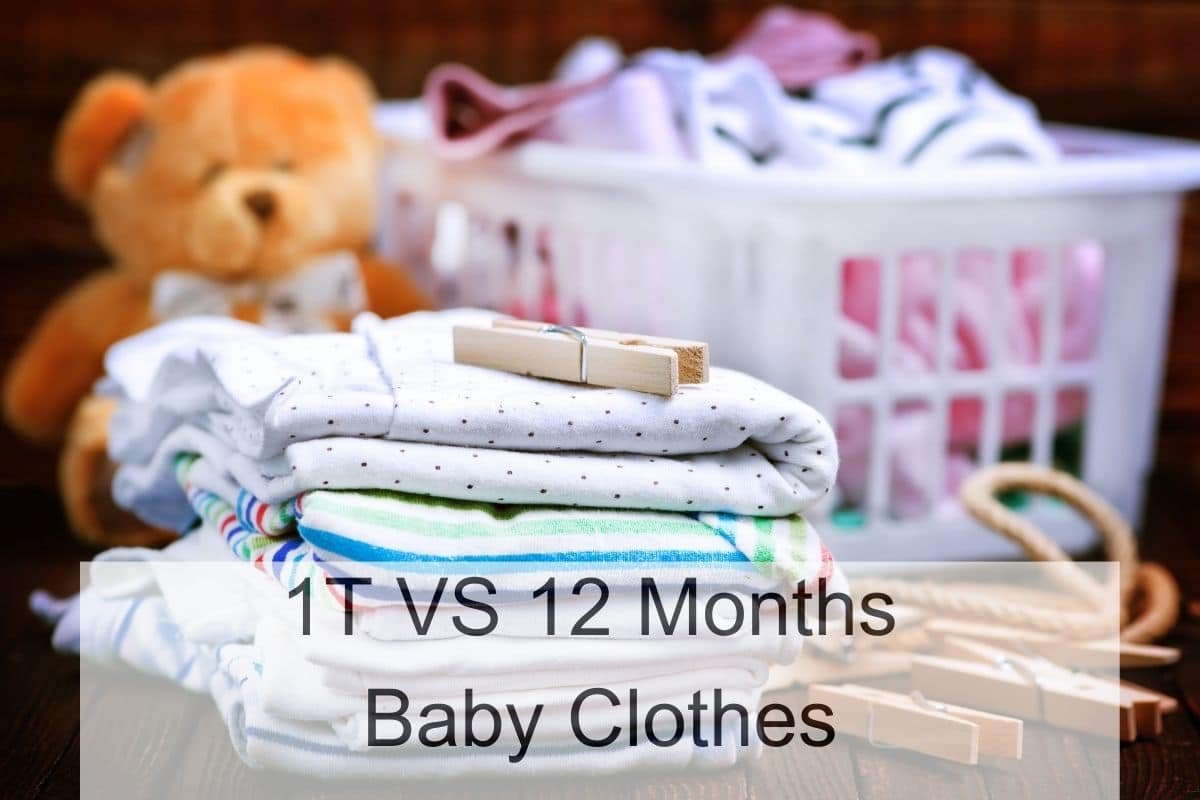As a new parent, choosing the right size of clothes for your baby can be a little daunting. You want to make sure that your little one is comfortable and happy in their clothes. One of the most common sizing confusions is between 1T and 12 months.

1T and 12 months are both sizes for babies who are around one year old, but they aren’t the same thing. 1T is made for more mobile children, while 12 months is better for crawling babies. Additionally, 1T generally allows room for a diaper since most one-year-olds aren’t potty trained yet. However, you don’t always find 1T clothing, so it’s important to understand the differences between the two sizes.
Understanding Baby Clothing Sizes
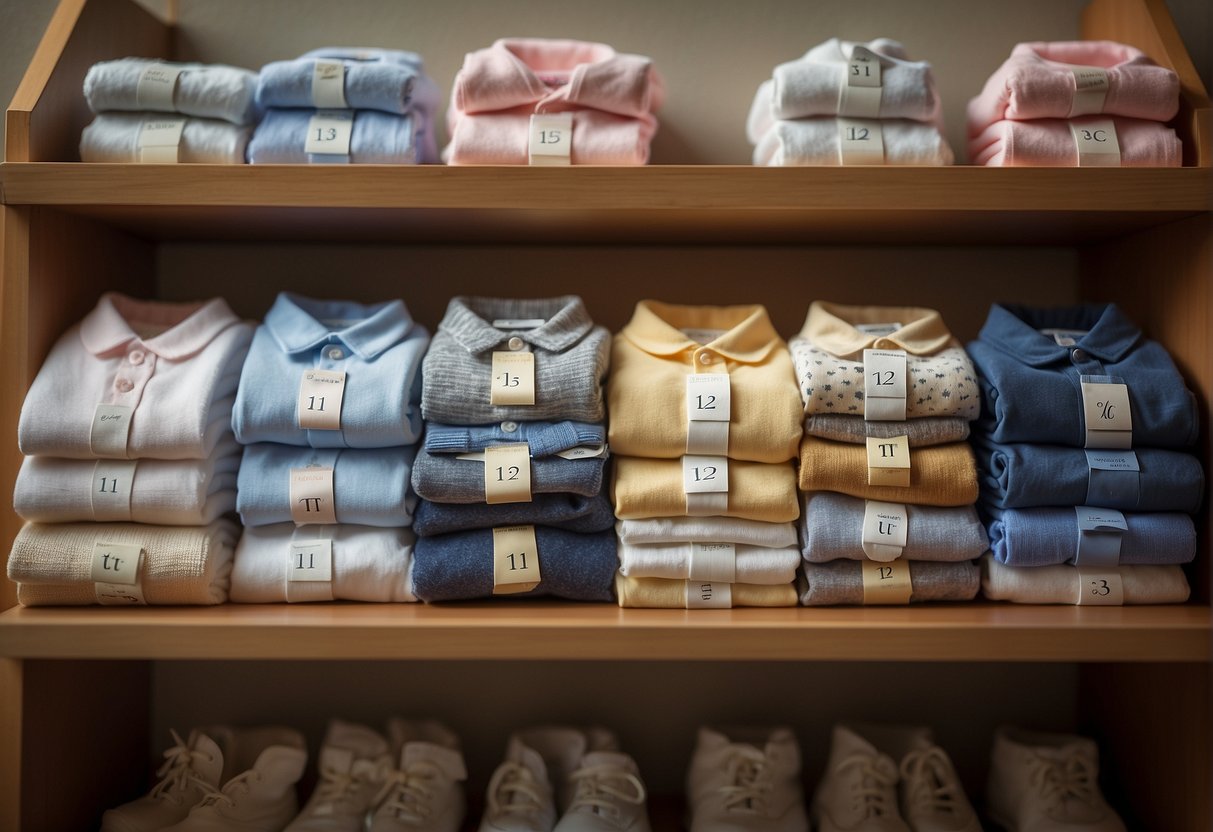
As a new parent, it can be challenging to navigate the world of baby clothing sizes. It can be especially confusing when trying to differentiate between 1T and 12-month sizes. In this section, I will explain the differences between these sizes to help you choose the right clothes for your baby.
1T Size Explained
1T size is designed for toddlers who are one year old. The “T” in 1T stands for “toddler.” This size is generally meant for mobile children who are walking and exploring the world around them.
When it comes to weight, 1T sizes typically fit children who weigh between 20 and 26 pounds. However, it’s important to note that not all brands follow the same sizing guidelines.
12 Months Size Explained
On the other hand, 12-month sizes are designed for babies who are up to 12 months old. These sizes are typically meant for crawling babies who are not yet walking.
In terms of weight, 12-month sizes usually fit babies who weigh between 18 and 24 pounds. However, as with 1T sizes, different brands may have different sizing guidelines.
Factors to Consider When Choosing Baby Clothes
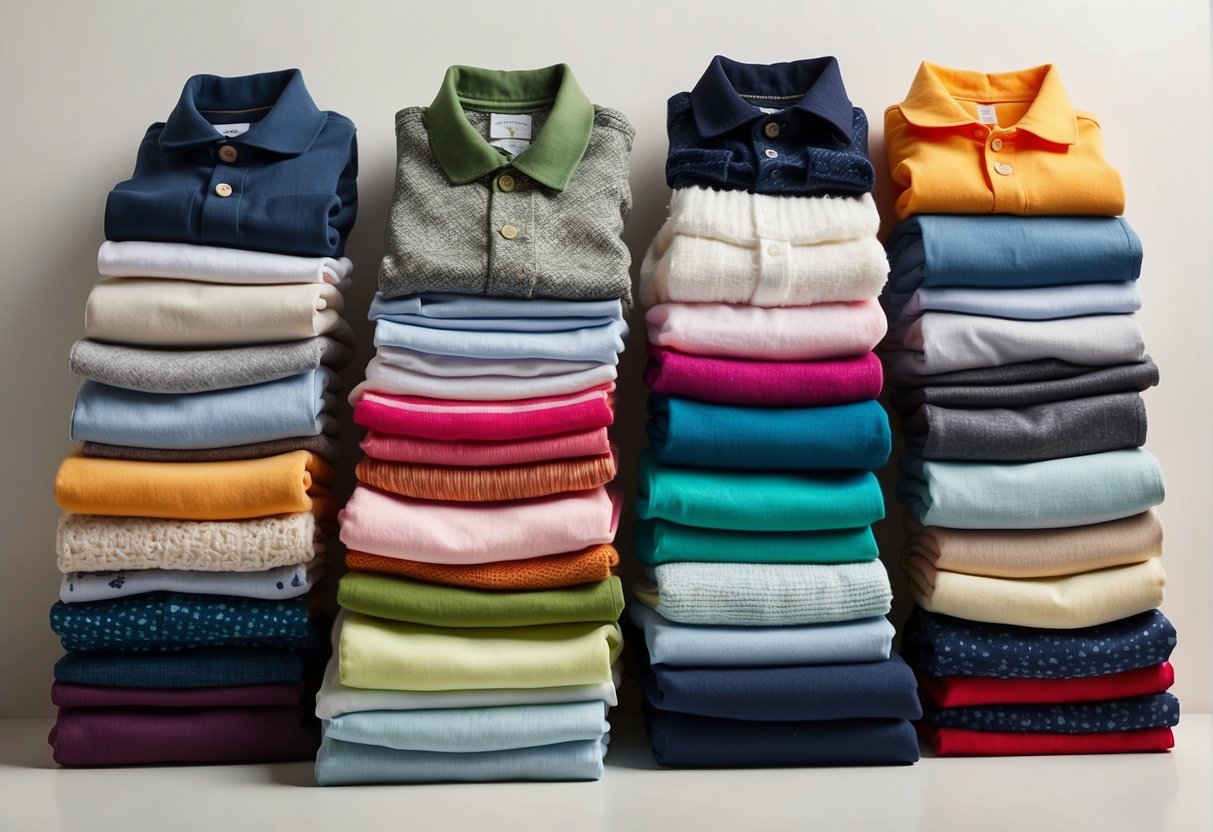
As a new parent, choosing the right clothes for your baby can be a daunting task. With so many options available, it can be overwhelming to decide what to buy. Here are a few factors to consider when choosing baby clothes.
Comfort and Fit
Comfort and fit are two of the most important factors to consider when choosing baby clothes. You want to make sure that your baby is comfortable in their clothes and that they fit properly. Clothes that are too tight can be uncomfortable and restrict movement, while clothes that are too loose can pose a safety hazard.
When shopping for baby clothes, it’s important to pay attention to the sizing. As we’ve seen in our research, there are differences between 1T and 12-month sizes. While 1T is made for mobile children, 12-month size is better for crawling babies. However, 1T generally allows room for a diaper since most 1-year-olds aren’t potty trained. Therefore, it’s important to choose the right size for your baby’s age and stage of development.
Seasonal Considerations
Another factor to consider when choosing baby clothes is the season. You want to make sure that your baby is dressed appropriately for the weather. In colder months, it’s important to dress your baby in warm layers, including hats, gloves, and booties. In warmer months, you’ll want to choose lightweight, breathable fabrics that will keep your baby cool and comfortable.
Growth Rate
Babies grow quickly, so it’s important to choose clothes that will fit them for more than just a few weeks. When shopping for baby clothes, it’s a good idea to choose clothes that are a little bit bigger than your baby’s current size. This will give them room to grow into their clothes and allow you to get more use out of them.
Design and Style Differences
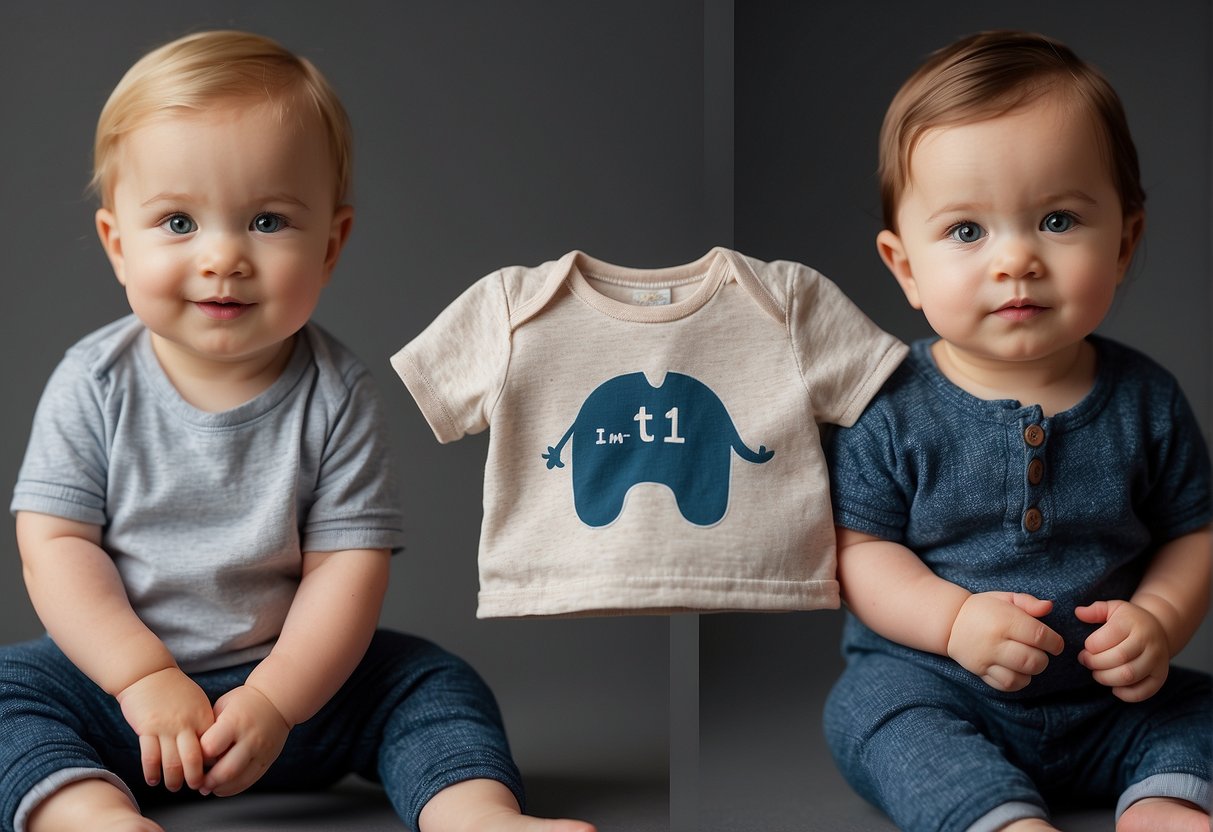
As babies grow, their clothing needs change. One of the key differences between 1T and 12-month clothing is the design and style. In this section, I will explore the practicality of designs and the variety in styles between the two sizes.
Practicality of Designs
1T clothing is designed for mobile children, while 12-month clothing is better suited for crawling babies. As a result, 1T clothing generally has fewer flaps and snaps to access the diaper area. However, 1T clothing still allows room for a diaper since most one-year-olds are not potty trained yet. On the other hand, 12-month clothing is made with crawling babies in mind, so it has more room in the seat and knees to accommodate crawling movements.
Variety in Styles
When it comes to style, 1T clothing tends to be more mature than 12-month clothing. This is because 1T clothing is designed for toddlers who are more active and require more freedom of movement. As a result, 1T clothing often has more grown-up designs, such as collared shirts, jeans, and dresses. On the other hand, 12-month clothing is still designed with babies in mind, so it often has more whimsical designs, such as animal prints, cartoon characters, and bright colors.
Material and Fabric Types
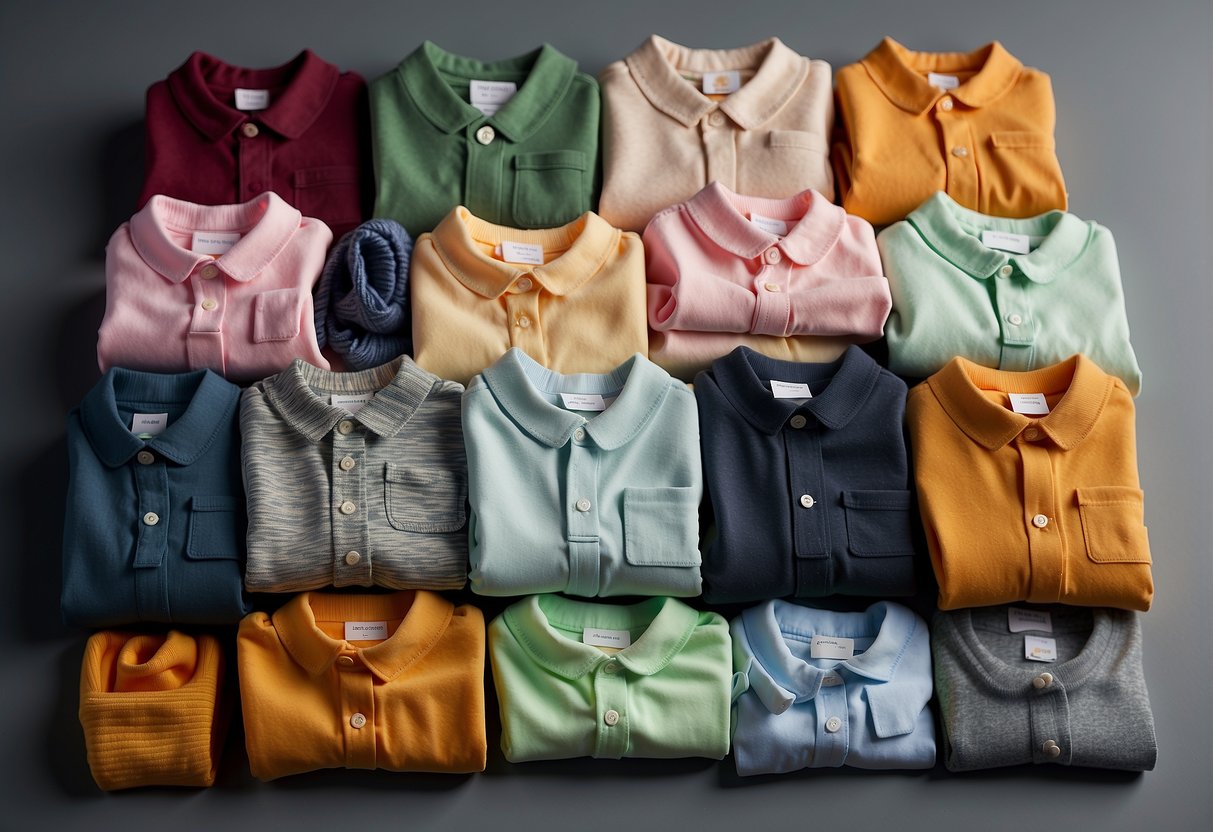
As a new parent, choosing the right material and fabric for your baby’s clothes is crucial. The wrong material can cause skin irritation and discomfort, while the wrong fabric can make it difficult for your baby to move around and play comfortably. Here are some important factors to consider when choosing the right material and fabric for your baby’s clothes.
Safety and Sensitivity
As a parent, safety is always a top priority. When choosing clothes for your baby, you want to make sure that the material is safe and won’t cause any harm to your little one. Some materials, such as wool, can be itchy and uncomfortable for babies with sensitive skin. On the other hand, cotton and bamboo are soft and gentle on the skin, making them ideal for babies with sensitive skin.
Another important factor to consider is whether the fabric is hypoallergenic. Hypoallergenic fabrics are specially designed to reduce the risk of allergic reactions, making them a great choice for babies with allergies or eczema. Some popular hypoallergenic fabrics include organic cotton, bamboo, and silk.
Durability for Active Babies
Babies are naturally active and curious, which means they need clothes that can keep up with their adventures. When choosing clothes for your baby, it’s important to choose fabrics that are durable and can withstand wear and tear. Some fabrics, such as denim and corduroy, are known for their durability and can withstand rough play and frequent washing.
Another important factor to consider is the fabric’s breathability. Breathable fabrics allow air to circulate and keep your baby cool and comfortable, especially during hot summer months. Some popular breathable fabrics include cotton, linen, and rayon.
Care Instructions and Longevity
As a new parent, you want your baby’s clothes to last as long as possible. Here are some tips on how to care for your 1T and 12-month clothes to ensure they stay in great condition.
Washing and Drying Tips
When washing your baby’s clothes, always follow the care label instructions. Most baby clothes can be machine washed and dried, but some may require hand washing or air drying. It is best to separate your baby’s clothes from the rest of your laundry to avoid any damage to the delicate fabrics.
For best results, use a gentle, fragrance-free detergent and avoid using fabric softeners or bleach. These can cause irritation to your baby’s sensitive skin and damage the fabric of the clothes.
When drying your baby’s clothes, use a low heat setting or hang them to dry. High heat can damage the fabric and cause shrinkage. It is also important to avoid over-drying the clothes, as this can cause them to become brittle and wear out faster.
Reusability and Hand-Me-Downs
One of the great things about baby clothes is that they can often be reused for multiple children or passed down to friends and family. To ensure that your 1T and 12-month clothes last as long as possible, it is important to take good care of them.
When storing clothes that your baby has outgrown, make sure they are clean and dry before packing them away. Store them in a cool, dry place to prevent mold and mildew from forming.
If you plan on passing down your baby’s clothes, make sure to check them thoroughly for any damage or wear and tear. Repair any holes or loose threads before passing them on to ensure they are in good condition for the next child to wear.
Occasion and Functionality
Everyday Wear
When it comes to everyday wear for babies, comfort and functionality are key. As a mom, I know that babies need to be able to move around freely and comfortably in their clothes. That’s why I prefer 1T clothing for my little one. The 1T size is designed for mobile children, which means it provides enough room for my baby to crawl, stand, and walk around without feeling restricted.
In addition to mobility, 1T clothing is also designed to accommodate a diaper. Most 1-year-olds are not potty trained yet, so having room for a diaper is essential. While 12-month clothing also usually allows room for a diaper, the fit may not be as comfortable or as flexible as 1T clothing.
Special Events
When it comes to dressing up for special events, both 1T and 12-month clothing can be appropriate depending on the occasion. For formal events, such as weddings or religious ceremonies, 12-month clothing may be more appropriate. These outfits tend to be more structured and formal, and may include dresses, suits, or button-up shirts and pants.
On the other hand, for more casual events, such as a family outing or a playdate, 1T clothing may be a better choice. These outfits tend to be more comfortable and flexible, and may include rompers, leggings, or t-shirts.
Shopping Tips for Parents
As a parent, shopping for baby clothes can be overwhelming, especially when it comes to choosing between 1T and 12-month sizes. Here are some shopping tips to make the process easier.
Budget Considerations
When shopping for baby clothes, budget is always a concern. As mentioned earlier, 12-month sizes are more common than 1T sizes, so you may find that 1T sizes are more expensive. However, keep in mind that your child will only wear these clothes for a short period of time, so it’s important to find a balance between quality and affordability.
Consider buying clothes in bulk or looking for sales and discounts to save money. You can also consider buying second-hand clothes or accepting hand-me-downs from friends and family to save money.
Where to Shop
When it comes to shopping for baby clothes, there are many options available. Here are some places to consider:
- Department Stores: Department stores like Target and Walmart offer a wide selection of baby clothes at affordable prices.
- Online Retailers: Online retailers like Amazon and Zulily offer convenience and a wide selection of baby clothes. Just be sure to check the sizing charts and read reviews before making a purchase.
- Specialty Stores: Specialty stores like Carter’s and The Children’s Place offer high-quality baby clothes with cute designs and patterns.
- Consignment Shops: Consignment shops offer gently used baby clothes at discounted prices.
No matter where you shop, be sure to check the return policy and keep the receipt in case you need to exchange or return an item.

